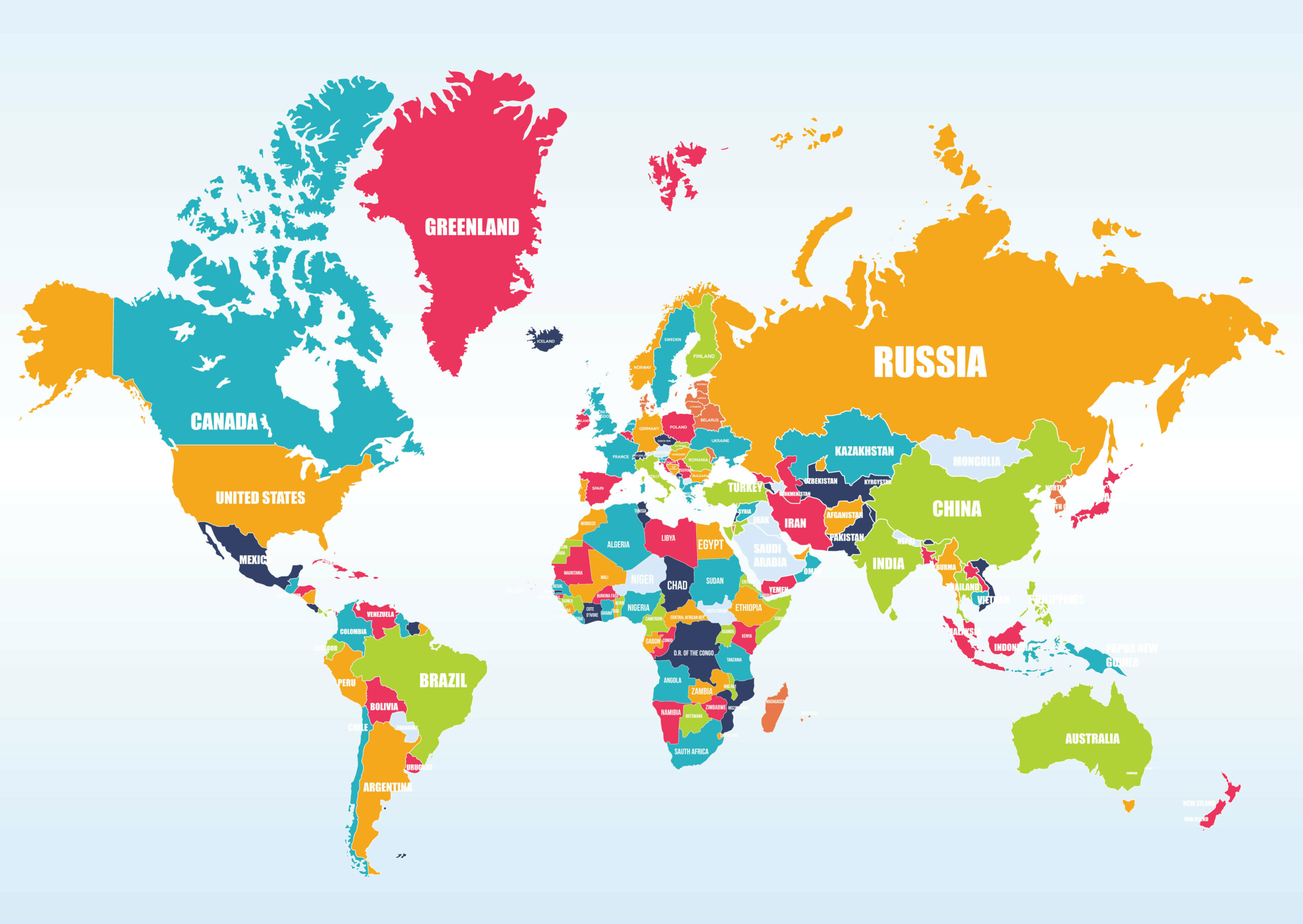The landscape of international relations is often painted with broad strokes of diplomacy, trade agreements, and cultural exchanges. Yet, looming ominously in the background lie the specters of nuclear arsenals, ready to disrupt the tapestry of peace. Nuclear weapons, symbols of ultimate power and destruction, have been invoked by various nations as instruments of coercion and deterrence. This piece delves into the countries that have, at one point or another, threatened to unleash their nuclear capabilities, traversing the delicate balance between strategy and recklessness.
The concept of nuclear deterrence rests on the hypothesis that the looming threat of annihilation can prevent conflict. This precarious equilibrium has been seen most notably during the Cold War, wherein the United States and the Soviet Union engaged in a nuclear arms race reminiscent of a high-stakes poker game, each side amassing weapons while trying to bluff the other into submission. The ever-expanding arsenals of both superpowers illuminated the first chapter within this narrative of threats, underscoring the belief that assured mutual destruction would stave off direct confrontation. Yet, fears lingered in the shadows, lurking with the potential to ignite into flames of warfare.
North Korea epitomizes the modern-day nuclear threat. Since its first nuclear test in 2006, the regime has unleashed a tumultuous rhetoric coupled with incendiary missile launches that have rattled the delicate frameworks of diplomacy in East Asia. The steadfast commitment to its nuclear arsenal serves as the regime’s talisman against perceived external threats, notably from the United States and South Korea. Kim Jong-un’s belligerent proclamations—often delivered with the fervor of a populist rally—convey an unwavering resolve to utilize nuclear weapons if the regime’s survival appears endangered, morphing the Korean Peninsula into a flashpoint of tension.
Further afield, Pakistan and India exist in a state of perpetual rivalry, a double-edged sword of animosity sharpened by their nuclear capabilities. Since both countries tested nuclear devices in the late 1990s, the subcontinent has become an arena where every skirmish might spiral into a catastrophic conflagration. The threat of nuclear escalation casts a long shadow over regional skirmishes, particularly over contested territories such as Kashmir. The dogged insistence by leaders on both sides to protect their respective sovereign legacies through the use of nuclear deterrence has led each nation to threaten the other with dire consequences, effectively imprisoning themselves in a cycle of mutual hostility.
Iran’s nuclear ambitions add another layer of complexity to the geopolitical landscape. Although its leadership has consistently maintained that its nuclear program is purely for peaceful purposes, the specter of nuclear proliferation remains a dire concern for both regional and global powers. The miasma of mistrust has engendered a series of threats—as far-reaching as military confrontations—to prevent Iran from achieving its nuclear goals. Israel, fearing an existential threat from a nuclear-capable Iran, has suggested preemptive strikes aimed at neutralizing Iran’s nuclear facilities, thereby interjecting the possibility of nuclear engagement into an already volatile scenario.
Russia, with its expansive nuclear arsenal, also plays a significant role in the global discourse of nuclear threats. Under the aegis of a revitalized militarism, the Kremlin has, at times, employed provocative rhetoric regarding its nuclear capabilities in the context of international tensions, such as those seen in the conflict in Ukraine. The idea of nuclear readiness, expressed in statements by Russian officials, serves as a chilling reminder that geopolitical chess games may evolve into dire consequences at a moment’s notice. The specter of nuclear engagement looms over Europe, transforming what might be regional disagreements into existential crises.
Moreover, the United States, with its historical legacy of nuclear deployment, stands at a complex crossroads. While championing non-proliferation and disarmament, its military posture often remains predicated on the nuclear deterrent. The strategic ambiguity surrounding its potential response to threats—whether from rogue states or hostile actors—harkens to the dual nature of nuclear power: a shield for security and a sword of intimidation. This dichotomy is reflected in security doctrines that articulate a willingness to utilize nuclear weapons in extreme scenarios, further complicating the mechanisms of diplomacy.
The interplay of nuclear threats is not merely a series of disconnected incidents but rather a labyrinthine web of international relations, fraught with ambiguous intentions and historical grievances. Every utterance of nuclear capability serves to elevate tensions; every regarded missile test acts as a litmus test for the global community’s resolve. In this arena, nations often find themselves embroiled in a precarious dance, teetering on the precipice of conflict. The consequences of miscalculation could engender a conflagration that would overshadow even the darkest chapters of human history, leading to a cataclysmic finale.
As we survey the landscape punctuated by nuclear threats, the challenge lies in navigating the treacherous waters of diplomacy, fostering communication, and ultimately striving for disarmament. The nations that have brandished their nuclear capabilities like weapons of psychological warfare must come to grips with their own fragility. It is imperative to realize that the true strength of nations does not solely lie in the destructive power they possess but rather in their capacity for dialogue and understanding. Only through cooperative engagement can the pendulum of global security swing back toward peace, transforming threats into opportunities for collaboration.












